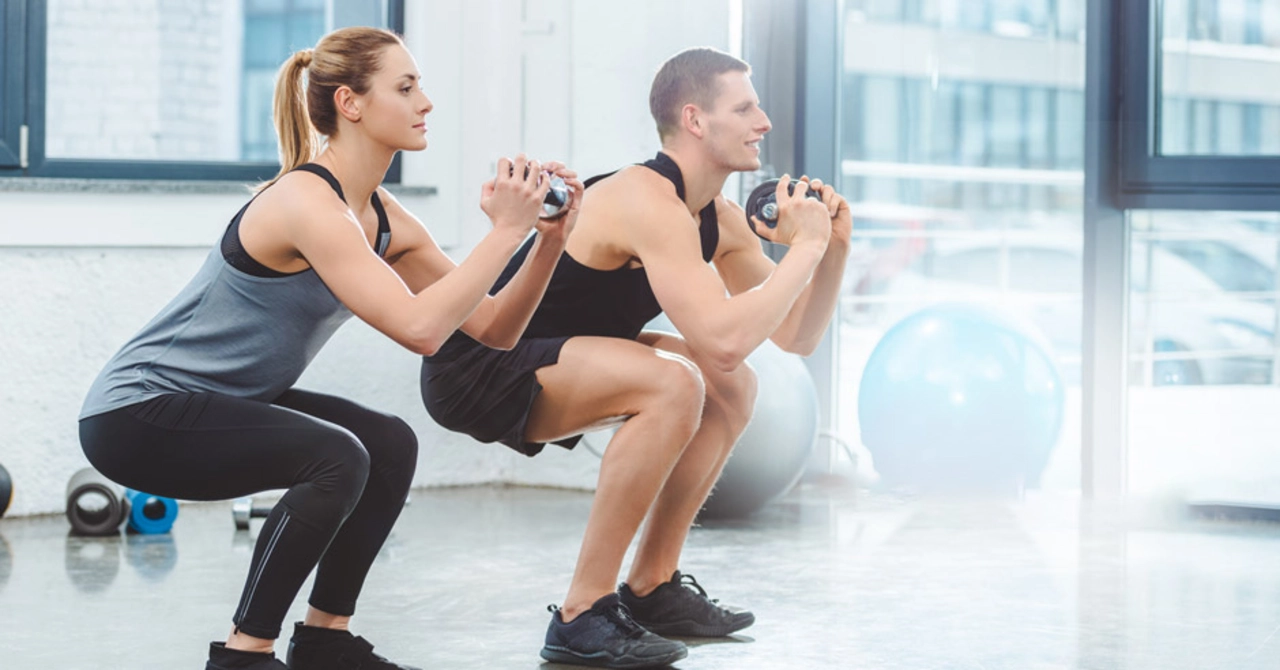Health Benefits of Cycling: Boost Your Body and Mind
Ever wonder why so many people love to hop on a bike? It’s not just the freedom of the open road. Riding a bike hits several health targets at once, and you don’t need a gym membership or fancy equipment. Below you’ll find what cycling does for your heart, muscles, brain, and even your social life. Let’s break it down in plain English.
Physical Perks of Pedaling
First up, cardio. Riding a bike gets your heart beating faster, which improves blood flow and lowers the risk of heart disease. Even a 30‑minute ride at a comfortable pace can raise your aerobic capacity. Because you control the intensity, you can make it as easy or as hard as you like—perfect for beginners and seasoned athletes alike.
Next, muscles. Your legs do most of the work, but you also engage your core to stay steady and your arms to steer. Over time, you’ll notice stronger quads, calves, and glutes without the pounding you get from running. That low‑impact motion is gentle on knees and joints, making cycling a smart choice if you have joint concerns.
Weight control is another win. Pedaling burns calories—roughly 300 to 600 per hour depending on speed and terrain. Pair that with a balanced diet, and you’ll see steady weight loss or maintenance. The best part? You can do it outdoors, which adds fresh air and sunshine to the mix.
Mental and Social Gains
Switching gears to the brain, cycling releases endorphins, the feel‑good chemicals that chase away stress and boost mood. Many riders report less anxiety after a ride, and regular cyclists often have better sleep patterns. The rhythmic motion also acts like moving meditation, helping you clear your head and focus on the present.
Beyond the solo benefits, cycling builds community. Joining a local group ride or just waving to neighbors on the road creates a sense of belonging. Social rides keep you accountable, so you’re less likely to skip sessions. Plus, chatting with fellow cyclists can spark new friendships and give you tips on routes, gear, and safety.
If you’re new to biking, start small. Aim for three rides a week, 10‑15 minutes each, and gradually add time or distance. Choose a flat, traffic‑free path for confidence, then experiment with hills when you feel ready. Wear a fitted helmet, a breathable shirt, and padded shorts to stay comfortable.
Remember, consistency beats intensity. A short daily ride adds up faster than one long weekend outing. Track your progress with a simple app or a notebook—seeing miles stack up can be motivating.
In short, cycling hits the sweet spot of cardio, strength, mental clarity, and social interaction—all while being easy on the joints and wallet. Grab a bike, get out there, and let the health benefits roll in with each pedal stroke.

Why is riding a bicycle good exercise?
Daxton Fairweather May 6 0Riding a bicycle is an amazing form of exercise that I absolutely love. It not only helps in building our cardiovascular fitness, but also strengthens our muscles, especially in the lower body. Moreover, cycling is a low-impact exercise, which means it's gentle on our joints, making it suitable for all ages. It's also an environment-friendly and cost-effective mode of transportation. Overall, cycling is a fun and effective way to stay healthy and fit, while enjoying the great outdoors!
More Detail